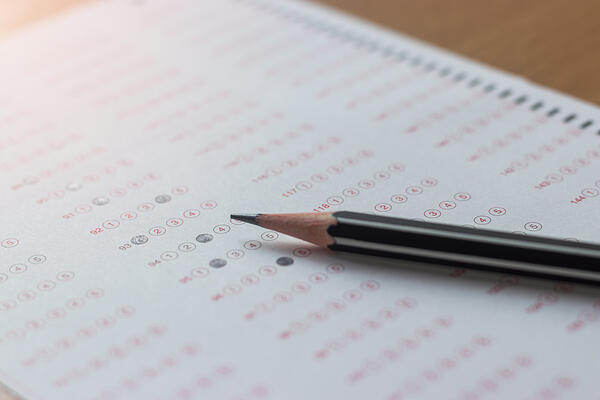Yale Study: Polluted Air Can Negatively Impact Children’s Test Scores

A new study led by researchers at the Yale School of Public Health and the Institution for Social and Policy Studies finds air pollution may negatively impact standardized test scores.
The cross-sectional study, employing a two-way fixed-effects model, appears in the open access peer-reviewed medical journal JAMA Network Open.
Using data from the North Carolina Education Research Data Center, the researchers tracked 2.8 million public school students in North Carolina from 2001 to 2018 and measured their exposure to PM2.5, also known as fine particulate matter, found in polluted air. While previous research has shown an association with adverse outcomes on academic performance in children, it has relied on relatively small or less representative samples and faced challenges in accounting for unobserved confounders.
“The biggest strength of this study is that we [tracked] every student in North Carolina in those years, for the whole time period that they were in the public schools,” said Emma Zang, co-author of the study and an assistant professor of sociology, biostatistics, and global affairs at Yale. “I think it is really incredible because it’s actually the first study that uses this kind of population data, covering everybody. Air pollution has been shown to affect a lot of things, but the effect of air pollution on students’ academic performance is still relatively new.”
The biggest strength of this study is that we tracked every student in North Carolina … for the whole time period that they were in the public schools.
Emma Zang, assistant professor of sociology, biostatistics, and global affairs
The study also found that test scores of ethnic minorities and girls were disproportionately impacted by PM2.5 levels.
“Females and racial ethnic minorities face structural sexism and structural racism,” said Zang. “There are a lot of policies that are not friendly towards females and ethnic minorities. So, when they’re exposed to the same level of air pollution, they don’t have the resources to buffer the negative influences.”
More privileged populations, Zang said, may have more resources that allow them to live in a better environment, such as in houses with air purifiers. “I think this is another point which has been found in previous studies, but I’m not sure it is well-known to the general public,” Zang said.
Future research in this area, the researchers said, would involve looking at whether the findings are applicable to other regions, and also the reasons behind the racial and ethnic disparities and social and sexual differences.
“What we want to emphasize here is that despite the relatively low level of ambient PM2.5 pollution in the U.S. compared to other countries, there are still significant adverse health impacts,” said Kai Chen, senior author of the study and an assistant professor of epidemiology (environmental health) at the Yale School of Public Health.
“Students living in areas below the current air quality standard of annual PM2.5 concentration (12 micrograms per cubic meter) are still adversely impacted by air pollution when it comes to their test scores,” said Chen, who is also director of research at the Yale Center on Climate Change and Health. “We should aim to strengthen the annual PM2.5 standard to better protect our children.”
Pam Hung Lam of The Samuel DuBois Cook Center on Social Equity at Duke University is lead author of the study. Other coauthors were Dieyi Chen of the Department of Public Health Sciences, Penn State College of Medicine, and Riyang Liu of the State Key Laboratory of Pollution Control and Resource Reuse, School of the Environment, Nanjing University.
The study was supported by funding from the Institution for Social and Policy Studies at Yale.